What viruses are: types, classification, characteristics, viral diseases, treatment and consequences
Viruses are non-cellular infectious agents that have a genome (DNA and RNA), but are not endowed with a synthesizing apparatus. To reproduce, these microorganisms need cells from more highly organized organisms. Once in cells, they begin to multiply, causing the development of various diseases. Each virus has a specific mechanism of action on its host. Sometimes a person does not even suspect that he is a virus carrier, since the virus does not cause harm to health; this condition is known as latency, for example, herpes.
To prevent viral diseases, it is important to maintain a healthy lifestyle and strengthen the body’s defenses.
Origin and structure
There are several hypotheses about the origin of viruses. Science offers a version about the emergence of viruses from fragments of RNA and DNA that were released from a large organism.
Coevolution suggests that viruses emerged simultaneously with living cells as a result of the construction of complex sets of nucleic acids and proteins.
Questions about how it reproduces and is transmitted are studied by a special branch of microbiology - virology.
Each virus particle has genetic information (RNA or DNA) and a protein membrane (capsid) that acts as protection.
Viruses come in different shapes, ranging from a simple helical shape to an icosahedral one. The standard value is approximately 1/100 the size of the average bacterium. However, most viruses are very small, making them difficult to examine under a microscope.
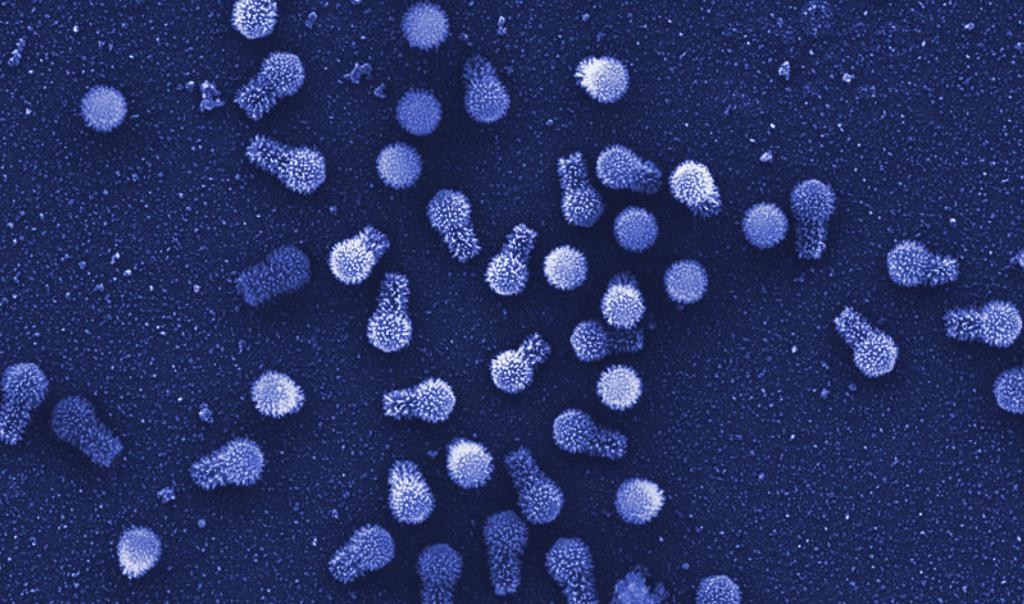
Is living matter a virus?
There are two definitions of the life forms of viruses. According to the first, extracellular agents are a collection of organic molecules. The second definition states that viruses are a special form of life. It is impossible to answer the question of what viruses exist specifically and definitively, since biology presupposes the constant emergence of new species. They are similar to living cells in that they have a special set of genes and evolve according to the method of natural set. They require a host cell to exist. The absence of its own metabolism makes it impossible to reproduce without outside help.
Modern science has developed a version according to which certain bacteriophages have their own immunity, capable of adaptation. This is proof that viruses are a form of life.
Viral diseases - what are they?
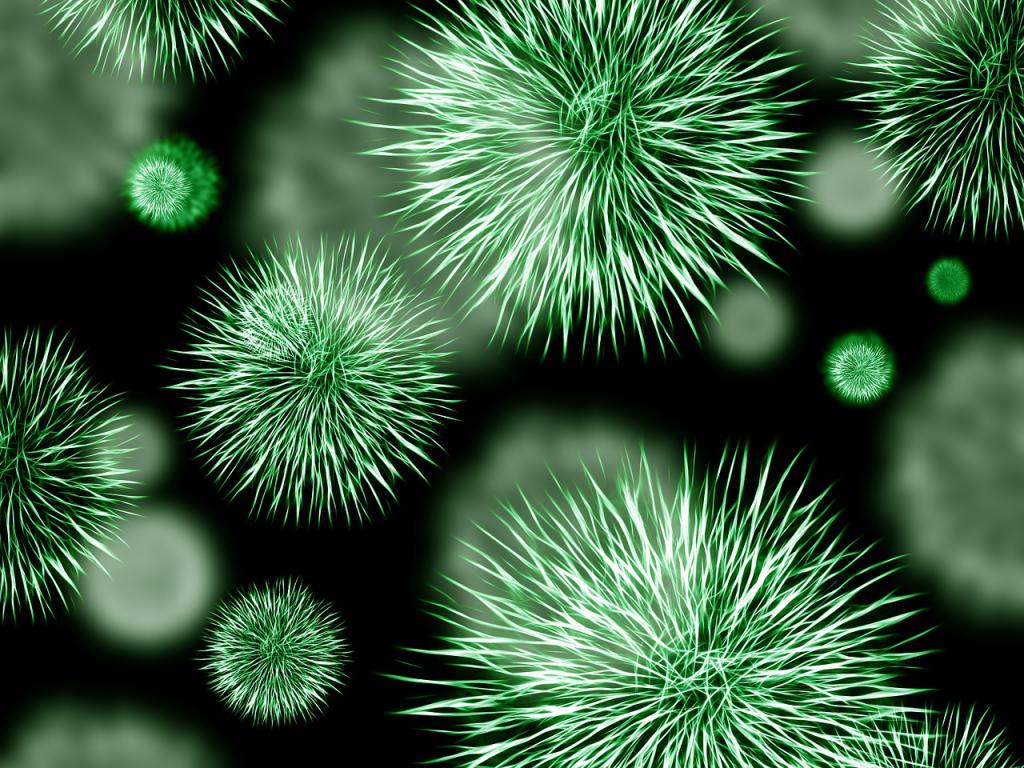
Viruses of the plant world
If you ask yourself what viruses are, then, in addition to the human body, you can distinguish a special type of viruses that infect plants. They are not dangerous to humans or animals, since they are able to reproduce only in plant cells.
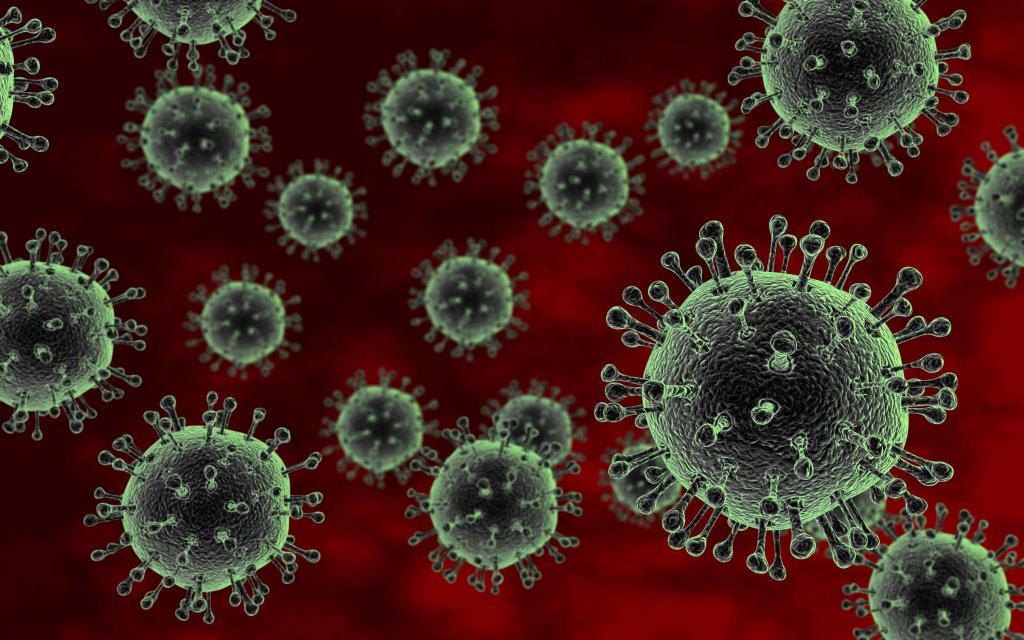
Artificial viruses
Artificial viruses are created to produce vaccines against infections. The list of viruses that are created artificially in the arsenal of medicine is not fully known. However, it is safe to say that creating an artificial virus could have a lot of consequences.
Such a virus is obtained by introducing an artificial gene into a cell, which carries the information necessary for the formation of new types.
Viruses that infect the human body
What viruses are on the list of extracellular agents dangerous to humans and causing irreversible changes? This is the aspect of studying modern science.
The simplest viral disease is the common cold. But against the background of weakened immunity, viruses can cause quite serious pathologies. Each pathogenic microorganism affects the body of its host in a certain way. Some viruses can live in the human body for years without causing harm (latency).
Certain latent species are even beneficial to humans because their presence generates an immune response against bacterial pathogens. Some infections are chronic or lifelong, which is purely individual and is determined by the protective ability of the virus carrier.
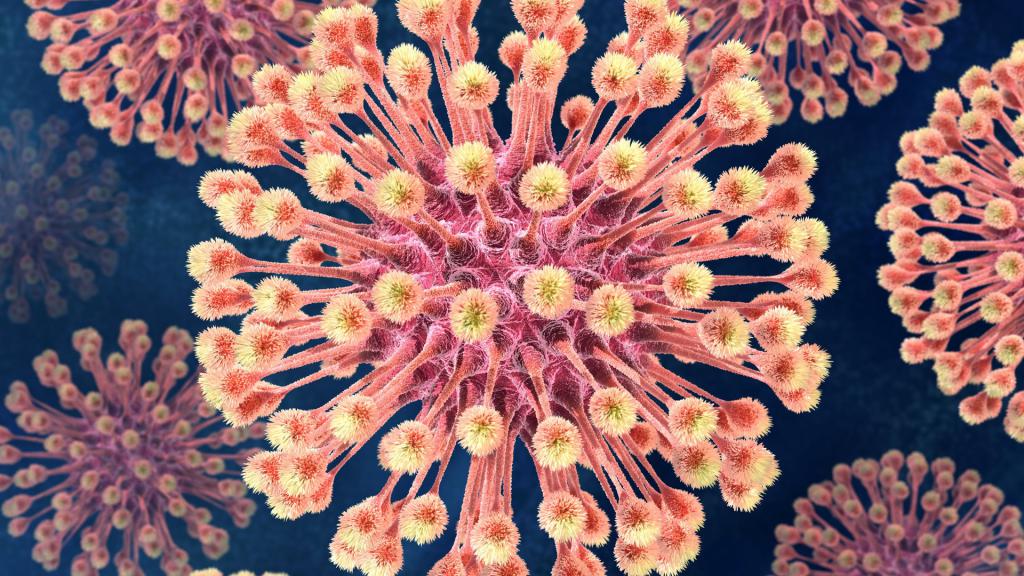
Spread of viruses
Transmission of viral infections in humans is possible from person to person or from mother to baby. The rate of transmission or epidemiological status depends on the population density of the region, weather conditions and season, and the quality of medicine. It is possible to prevent the spread of viral pathologies if you timely clarify which virus is currently detected in most patients and carry out appropriate preventive measures.
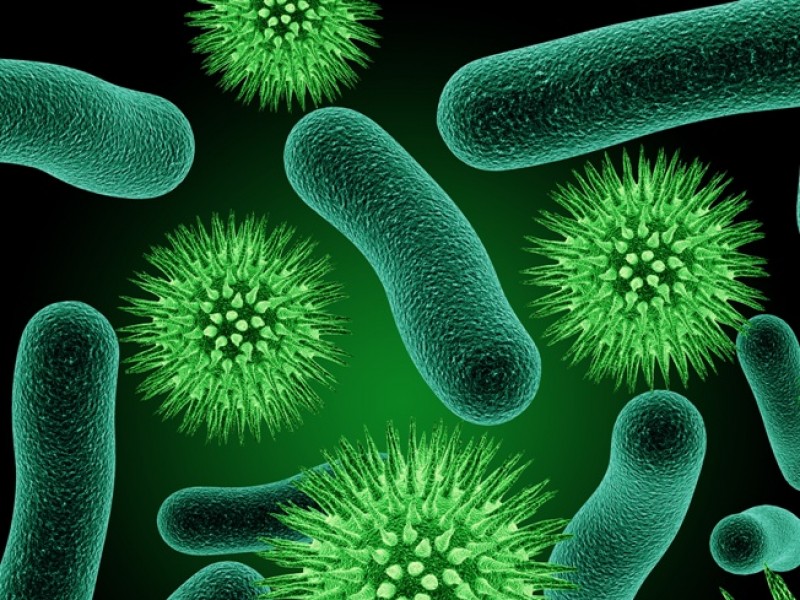
Kinds
Viral diseases manifest themselves in completely different ways, which is associated with the type of extracellular agent that caused the disease, the location of the disease, and the speed of development of the pathology. Human viruses are classified as lethal and indolent. The latter are dangerous because the symptoms are unexpressed or weak, and the problem cannot be detected quickly. During this time, the pathogenic organism can multiply and cause serious complications.
Below is a list of the main types of human viruses. It allows you to clarify which viruses exist and which pathogenic microorganisms cause diseases dangerous to health:
- Orthomyxoviruses. This includes all types of influenza viruses. Special tests will help you find out which influenza virus caused the pathological condition.
- Adenoviruses and rhinoviruses. They affect the respiratory system and cause ARVI. The symptoms of the disease are similar to the flu and can cause severe complications such as pneumonia and bronchitis.
- Herpes viruses. Activated against the background of reduced immunity.
- Meningitis. The pathology is caused by meningococci. The mucous membrane of the brain is affected; the cerebrospinal fluid is the nutrient substrate for the pathogenic organism.
- Encephalitis. It has a negative effect on the lining of the brain, causing irreversible changes in the central nervous system.
- Parvovirus. The diseases caused by this virus are very dangerous. The patient experiences convulsions, inflammation of the spinal cord, and paralysis.
- Picornaviruses. Causes hepatitis.
- Orthomyxoviruses. They provoke mumps, measles, parainfluenza.
- Rotavirus. The extracellular agent causes enteritis, intestinal flu, and gastroenteritis.
- Rhabdoviruses. They are causative agents of rabies.
- Papoviruses. Causes papillomatosis in humans.
Retroviruses. They are the causative agents of HIV, and later AIDS.
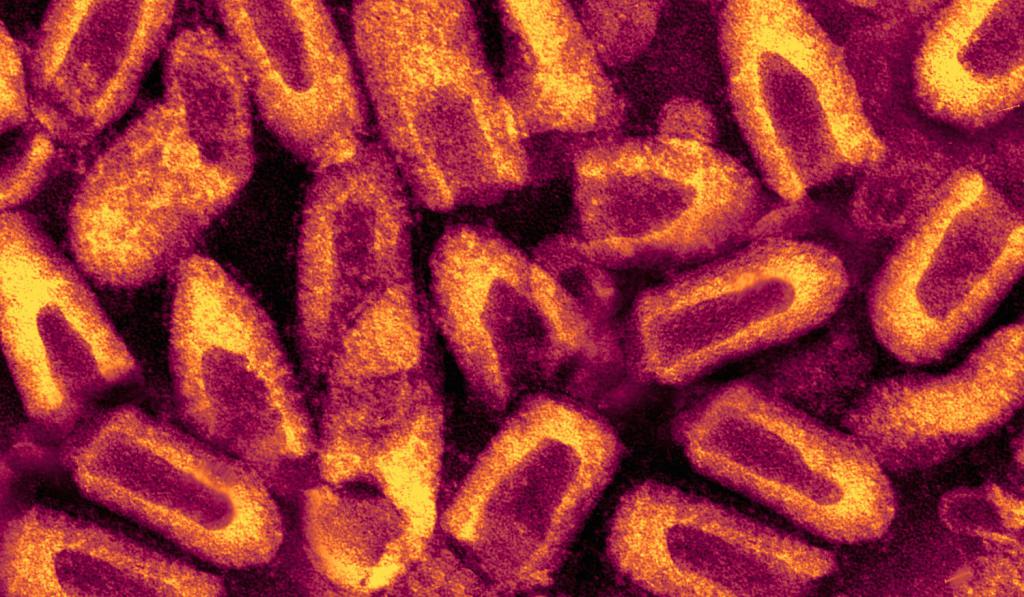
Life-threatening viruses
Some viral diseases are quite rare, but they pose a serious danger to human life:
- Tularemia. The disease is caused by the infectious bacillus Francisellatularensis. The clinical picture of the pathology resembles the plague. It enters the body through airborne droplets or through a mosquito bite. Transmitted from person to person.
- Cholera. The disease is recorded very rarely. The Vibrio cholerae virus enters the body by drinking dirty water or contaminated food.
- Creutzfeldt-Jakob disease. In most cases, the patient experiences death. Transmitted through contaminated animal meat. The causative agent is a prion - a special protein that destroys cells. Manifests itself as a mental disorder, severe irritation, and dementia.
It is possible to determine what type of virus caused the disease through laboratory tests. An important argument is the epidemic state of the region. Finding out what kind of virus is currently circulating is also important.
Signs of viral infections and possible complications
The majority of viruses provoke the occurrence of acute respiratory diseases. The following manifestations of ARVI are distinguished:
- development of rhinitis, cough with clear mucus;
- increase in temperature up to 37.5 degrees or fever;
- feeling of weakness, headaches, loss of appetite, muscle pain.
Delayed treatment can cause serious complications:
- adenovirus can cause inflammation of the pancreas, which leads to the development of diabetes;
- beta-hemolytic streptococcus, which is the causative agent of sore throat and other types of inflammatory diseases, with reduced immunity can provoke diseases of the heart, joints, and epidermis;
- influenza and ARVI are often complicated by pneumonia in children, elderly patients, and pregnant women.
Viral pathologies can cause other serious complications - sinusitis, joint damage, heart pathologies, chronic fatigue syndrome.
Diagnostics
Experts determine a viral infection by general symptoms, based on what virus is currently circulating. Virological studies are used to determine the type of virus. Modern medicine widely uses immunodiagnostic methods, including immunoindication and serodiagnosis. The specialist decides which ones to take based on a visual examination and the collected medical history.
Prescribed:
- enzyme immunoassay;
- radioisotope immunoassay;
- hemagglutination inhibition response study;
- immunofluorescence reaction.
Treatment of viral diseases
The course of treatment is chosen depending on the pathogen, specifying what types of viruses caused the pathology.
For the treatment of viral diseases the following is used:
- Drugs that stimulate the immune system.
- Medicines that destroy a specific type of virus. A diagnosis of a viral infection is necessary, since it is important to clarify which virus responds better to the chosen drug, which allows for more targeted treatment.
- Medicines that increase the sensitivity of cells to interferon.
For the treatment of common viral diseases, the following is used:
- "Acyclovir". Prescribed for herpes, it eliminates the pathology completely.
- "Relezan", "Ingavirin", "Tamiflu". Prescribed for different types of influenza.
- Interferons together with Ribavirin are used to treat hepatitis B. A new generation drug, Simeprevir, is used to treat hepatitis C.
Prevention
Preventive measures are selected depending on the type of virus.
Preventive measures are divided into two main areas:
- Specific. They are carried out with the aim of developing specific immunity in a person through vaccination.
- Non-specific. Actions should be aimed at strengthening the body's defense system by providing light physical activity, a properly composed diet and maintaining personal hygiene standards.
Viruses are living organisms that are almost impossible to avoid. To prevent serious viral pathologies, it is necessary to vaccinate according to the schedule, lead a healthy lifestyle, and organize a balanced diet.
